Favour Adeyemo
Writer and Editor @ Happy Sprout
Abuja, Nigeria
U.S. Hits with Tariffs. China Hits Back with Strategy

<p><em>Have you been on TikTok lately? The Chinese market is blooming, thanks to Trump’s tariff increase on Chinese imports in America. This opportunity has created positive PR for Chinese factories and the labor market, while exposing loopholes in American industries and luxury brands.</em></p><p><br></p><p>The world is currently witnessing a significant shift in economic power, and many Americans are just starting to recognize the rise of an underdog. The United States has imposed aggressive tariffs, reaching as high as 145% on Chinese imports, which encompass technology, automobiles, agriculture, pharmaceuticals, and even small e-commerce shipments. This approach is disrupting supply chains, manufacturing processes, and overall global trade growth.</p><p><br></p><p>In 2018, during the first term of Donald Trump's presidency, the US government began imposing tariffs on millions of dollars' worth of Chinese goods, triggering a chain reaction in industries dependent on Chinese manufacturing. American brands that previously relied heavily on Chinese factories began to face soaring costs.</p><p><img src="/media/inline_insight_image/Screenshot_20250417-182959_1.jpg" alt=""></p><p>In response, China has matched many duties with retaliatory tariffs (up to 125%). Amid all this chaos, Chinese marketers are taking to social media and advertising their goods and services at factory prices, exposing luxurious brands that are customers of Chinese products. Brands like Louis Vuitton, Gucci, and Prada source many of their products from China. Just scroll through TikTok and see for yourself.</p><p><br></p><p>These new strategies and narratives emerging are ones of resilience, adaptation, and sometimes an irreverent look at what “Made in China” really means. While tariffs aim at “Making America Great Again,” they risk slowing U.S. GDP growth by up to 0.6 percentage points, fueling inflation, raising consumer prices, depressing business investment, and threatening the economies of heavily U.S.‑dependent countries like Mexico, Canada, and key developing‑world partners.</p><p><br></p><p>President Trump’s administration has imposed a 10% baseline tariff on virtually all U.S. imports outside Canada and Mexico, alongside a 34% sector‑specific surcharge on China bringing the total to 54% on bulk goods—and a 125% reciprocal tariff on most Chinese exports, cumulatively amounting to an average 145% duty on Chinese products effective April 2025. </p><p>These measures build on earlier 10–25% duties laid down in 2018–2019 on hundreds of billions of dollars of Chinese imports, which disrupted global supply chains and raised input costs for U.S. businesses. </p><p><br></p><p>Some key affected industries also include: </p><p>- Steel & Aluminum: Initial 25% steel and 10% aluminum tariffs announced in 2018 have persisted, raising U.S. import prices by up to one‑third and straining domestic manufacturers </p><p>- Semiconductors & Tech Equipment: Export controls on AI chips and semiconductor manufacturing tools (e.g., Nvidia forecasting a $5.5 billion hit) illustrate the targeting of high‑tech sectors to curb China’s technological ascent </p><p>- Agriculture: China’s 125% retaliatory duties on U.S. soybeans and meat threaten American farmers’ access to their largest overseas market, risking farm income losses and commodity price volatility </p><p>- De Minimis E‑Commerce: The removal of the $800 duty‑free threshold for small parcels from China will tax Shein and Temu shipments at 120–200% per parcel, obliterating their low‑cost model </p><p>- Rare Earth Minerals: China’s partial ban on rare earth exports to the U.S. has jeopardized the supply of critical inputs for electronics, defense, and clean‑energy technologies. </p><p><br></p><p>Tariffs function as regressive taxes passed to consumers: a 145% duty on Chinese electronics could add 10–20% to retail prices, while steel and aluminum levies raise building and auto costs. Economists predict U.S. core inflation could peak near 4.5% in 2025, the highest since the early 1990s. </p><p><img src="/media/inline_insight_image/a56d333b359e9dbd42b23904b6ae1895.jpg" alt=""></p><p>Despite the ongoing tariff war, China’s economy remains largely insulated, even fortified in some areas. Why? For one, China is gradually reducing its dependence on the U.S as a primary export destination. Over the past decade, it has actively diversified its trade relationships through bilateral agreements and regional blocs like RCEP (Regional Comprehensive Economic Partnership), boosting exports to Southeast Asia, the Middle East, Africa, and Latin America. The Belt and Road Initiative has further deepened China's commercial reach, allowing it to redirect goods and forge new supply chains outside the influence of Washington. In short, while the U.S. raises walls, China builds bridges.</p><p>Another reason the tariff blow is absorbed so effectively is China’s ability to manipulate economic levers that America cannot touch. Unlike the U.S., which operates under a decentralized financial system, China maintains strict control over its currency and macroeconomic policies. By strategically devaluing the yuan, Chinese authorities can make exports cheaper and more attractive, effectively neutralizing tariff impacts. Additionally, stimulus injections, subsidies, and policy incentives from Beijing keep domestic demand strong and manufacturers stable, creating a buffer against external shocks.</p><p><br></p><p>While America is trying to push the Chinese market out of its industries, the U.S. has no economic cushion to support these new policies. Brands like Gucci, Prada, Louis Vuitton are going to find production difficult, making these products more expensive and putting further strain on the economy. Experts caution that sustained high tariffs could result in an effective “economic decoupling,” slashing U.S.‑China trade by over 80% and depressing global GDP growth by up to 1.5% in worst‑case scenarios. Moving forward, a balanced approach—blending targeted strategic measures with multilateral dialogue—offers the only viable path to sustainable prosperity for the U.S., China, and the interdependent world economy. </p>
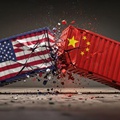

U.S. Hits with Tariffs. China Hits Back with St...
By
 Favour Adeyemo
•
4 plays
Favour Adeyemo
•
4 plays
 Favour Adeyemo
•
4 plays
Favour Adeyemo
•
4 plays
0:00 /
0:00
Other insights from Favour Adeyemo
Referral Earning
Points-to-Coupons
Insights for you.




 462
462



















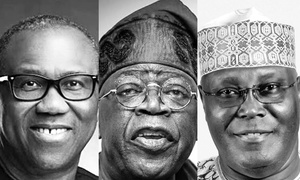






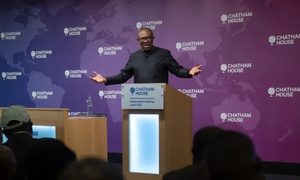

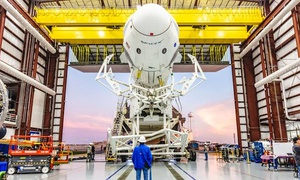






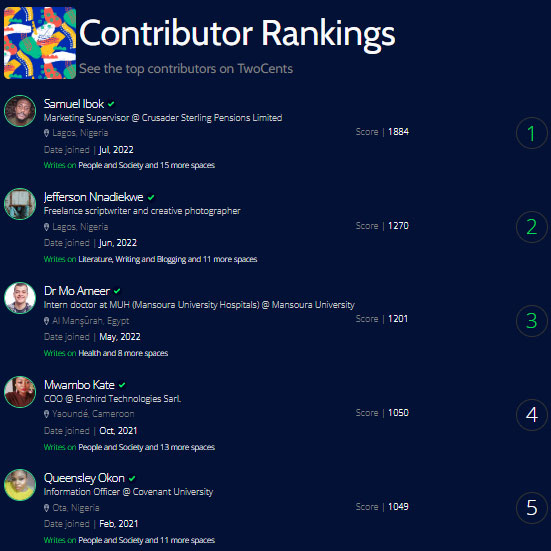























Comments